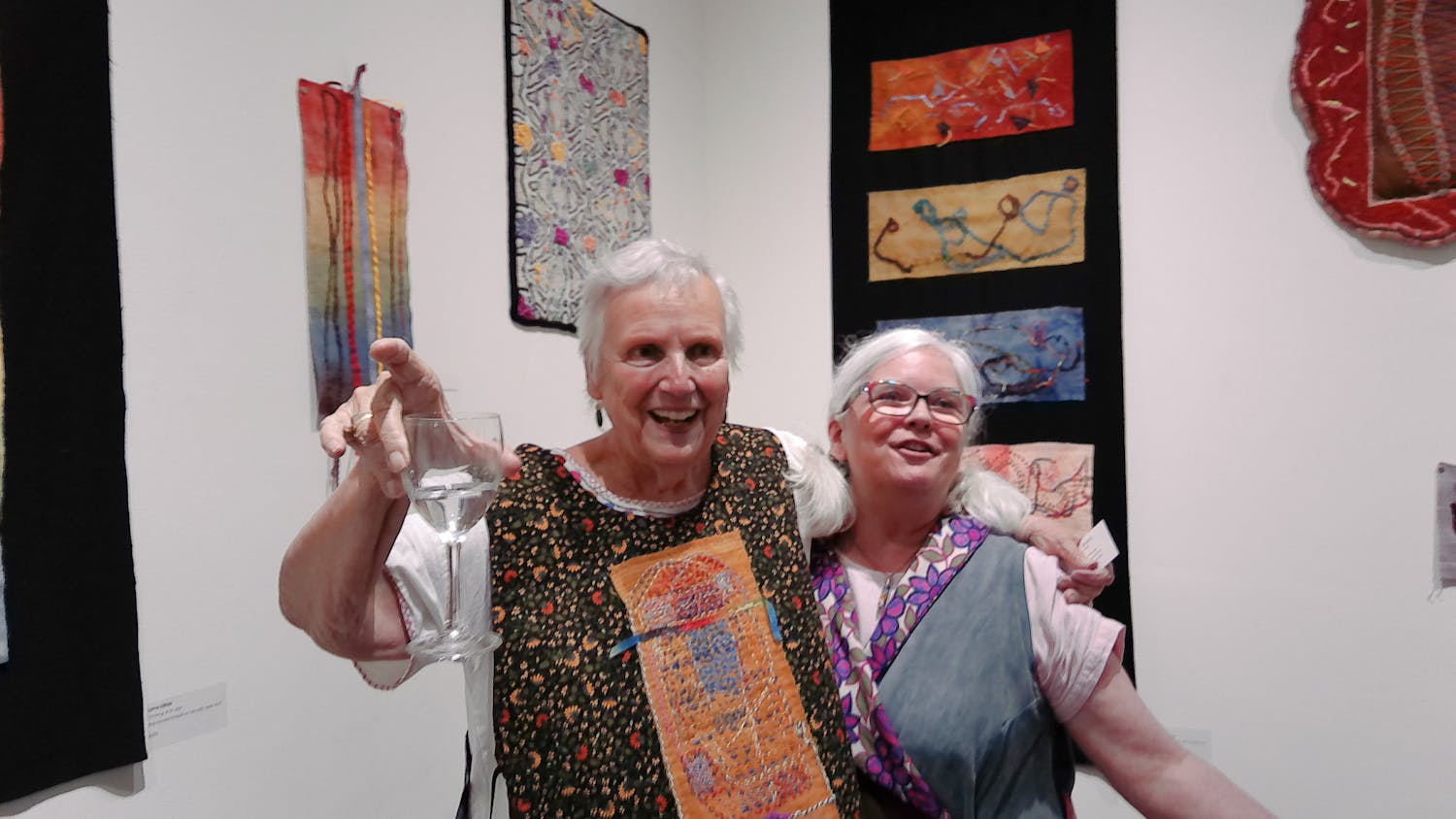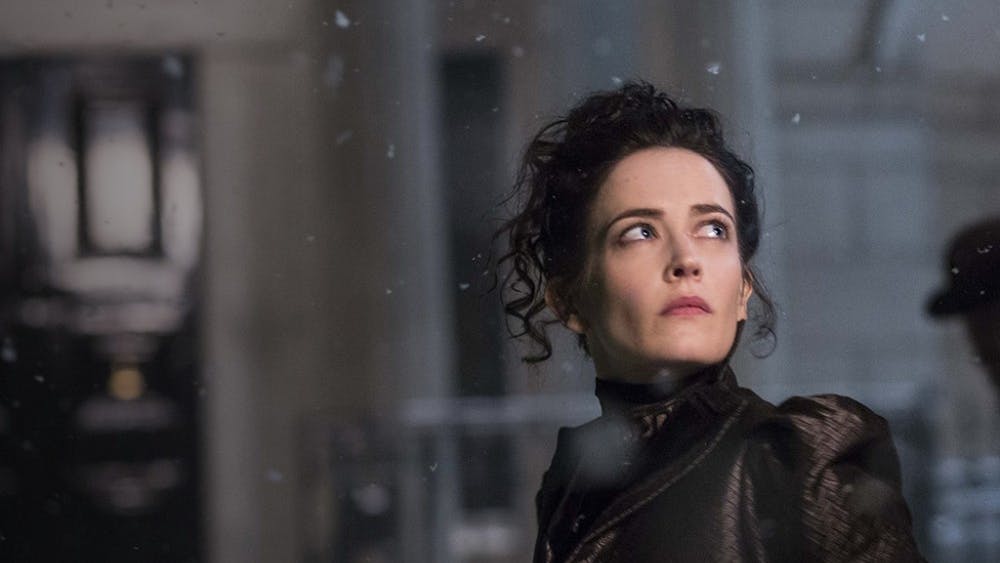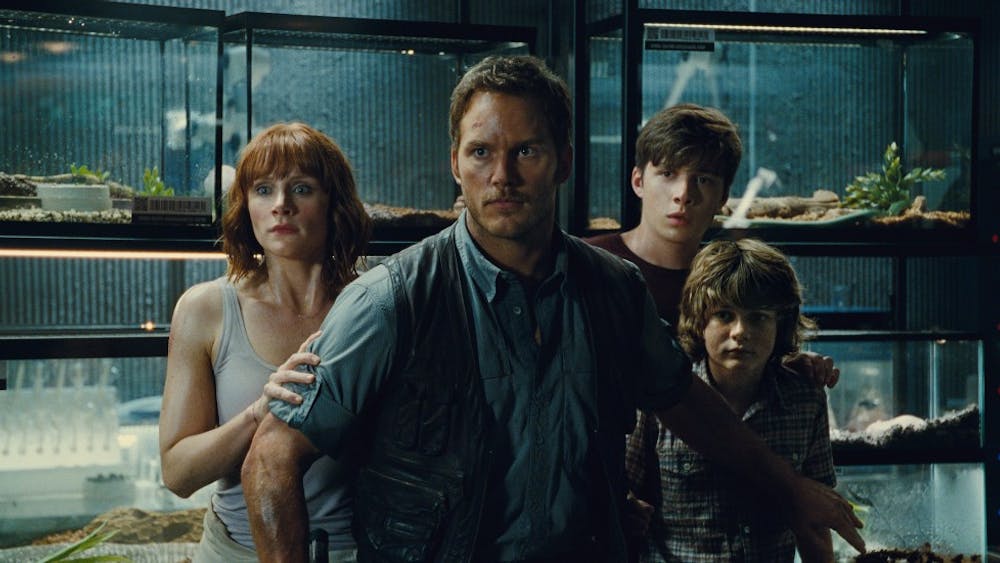For the past 20-some years, the trend, culture and impact of hip-hop has bombarded the lives of many, leaving an influential yet exciting mark for the future. What once began as a forum for competition in the street in time evolved into a stepping stone for communication, expression, entertainment and eventually political controversy. Artists such as The Sugarhill Gang, Fab 5 Freddy, Run-D.M.C. and Ice-T successfully opened the doors to the hip-hop world, enabling the trend to unravel and evolve. Today, hip-hop resides as more than a trend. To many, hip-hop is a form of human behavior. \nBorn in the streets of the Bronx in New York, hip-hop began as a form of expression through body movement and funky music. Practiced in parks, alleys, basements and on the streets, the youth of America combined turns, jumps and spins with rapping and the tapping beats of mixed music. What many parents and elders shunned as "noise," children and young teenagers depended on to express emotion through a series of unrelated moves. \nIn the early '80s, Run-D.M.C., one of hip-hop's parental figures, knocked open several doors when he first introduced his beats to the world. Spreading from east to west, hip-hop originally consisted of one mic, one emcee and one DJ. Over the years, hip-hop has managed to infiltrate music videos, commercials, radio stations, clubs, bars and music stores, expanding from trios to larger groups.\nAbout five years later, hip-hop grew to become almost mainstream, with artists performing live concerts and hiring back-up dancers to help "entertain the stage." Combining medleys of rap, pop and rock, hip-hop paved the way for future musical trends.\nProfessor of Ethnomusicology Portia Maultsby defines hip-hop as being the lifestyle, attitude, artistic expression and musical style of today's youth. Using hip-hop to examine human behavior within the context of human beings, she says hip-hop merely expresses issues of culture rather than trend. \n"Hip-hop originally began as a form of creative outlet for social control," Maultsby says. "It centered around gang-life, substituting knives, guns and competition with music." \nMaultsby says that through the years hip-hop has transformed such gangster life into tools of aesthetic expression representing the specific issues and values of each community. \nRon Gubitz, a senior and founder of the Hip Hop Congress, says calling hip-hop a trend is merely simplistic. \n"We are talking about a strong culture with roots in the movements of the past," Gubitz says. "This is about people expressing themselves." And for more than 20 years, members of the hip-hop world have been doing just that.\nHip-hop began to drastically transform in the early '80s, lyrically challenging the music industry and stirring controversy across the nation. Break dancing, graffiti, deejaying and emceeing emerged, taking advantage of the loud beats, funky styles and flashy appearance the trend had to offer. As hip-hop expanded outward rather than upward, according to MTV.com, other genres of music such as jazz, rap and rock fused together with hip-hop to create new music with new styles. \n"Today other musical expressions are heavily borrowing from hip-hop," Maultsby says. "Hip-hop has crossed over all boundaries and now serves as a unifying source of all styles."\nGubitz says the ideals and principals of hip-hop are universal, enabling white, suburban kids to participate in hip-hop, initially an African-American-produced culture. \n"We must never forget the roots of the culture and understand where it came from and the conditions and people that produced it," Gubitz says. "But we also shouldn't limit ourselves and say that only a certain color of skin can do hip-hop."\nAside from the racial, religious and political unities hip-hop created, Professor Michael McGerr, who teaches the history class "Ragtime to Rap," says individual musical positions were easy to spot prior to the hip-hop juxtaposition. \n"It was possible to carve out the separate spaces where artists belonged," McGerr says. "(Hip-hop) emerged in specific places in local cultures." Now, the commercial exploitation of hip-hop has set the stage for an alternative hip-hop trend, blending together genres, cultures and even artists. \n"Hip-hop changed from a vernacular sense into a commercial expression," Maultsby says. "Now it's mass-marketed for profit." \nShe says hip-hop informally existed in recreational centers, parties and on the streets, but eventually moved into clubs and now dominates the big screen. From commercials to music videos to debuts in television, the world of hip-hop is maturing into the mainstream, further overriding and eventually taking over other music industries. \nAccording to MTV.com, hip-hop has ruled the charts for the past five years. Artists such as Puffy, Missy Elliott and Busta Rhymes have been entertaining the world for quite some time with their flashy clothes, wads of money, expensive cars and stimulating music. As hip-hop traveled from the Bronx to Los Angeles, the African-American roots of hip-hop transcended into mixtures of styles, cultures, values and backgrounds. \n"(Hip-hop) is the most popular form of African-American music in America," Maultsby says. "It has redefined American music." \nNow, rather than artists opening the doors to music revolutions, hip-hop is in turn opening the doors for artists. Hip-hop artists, such as Jennifer Lopez and Puffy, are introducing their own clothing lines owning film companies and converging cultures together.\nSo what does the future of hip-hop hold for potential artists?\n"We are going to see a trend in hip-hop that will focus more on the creative aspects, as well as political and social consciousness," Gubitz says. "The future is what we make it. I think people are ready for the challenge"
What's hip?
'It's real hip-hop and it don't stop'
Get stories like this in your inbox
Subscribe





